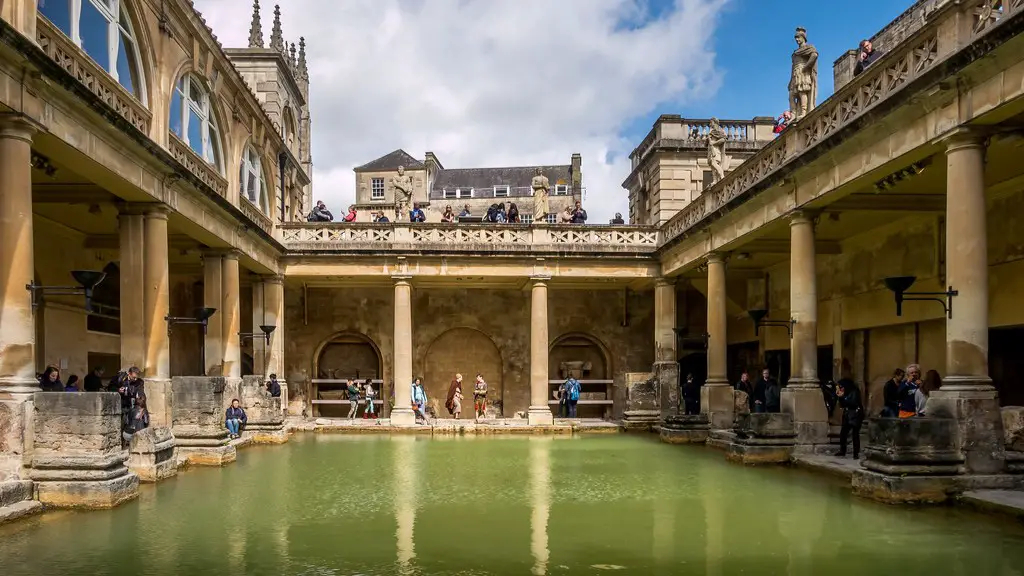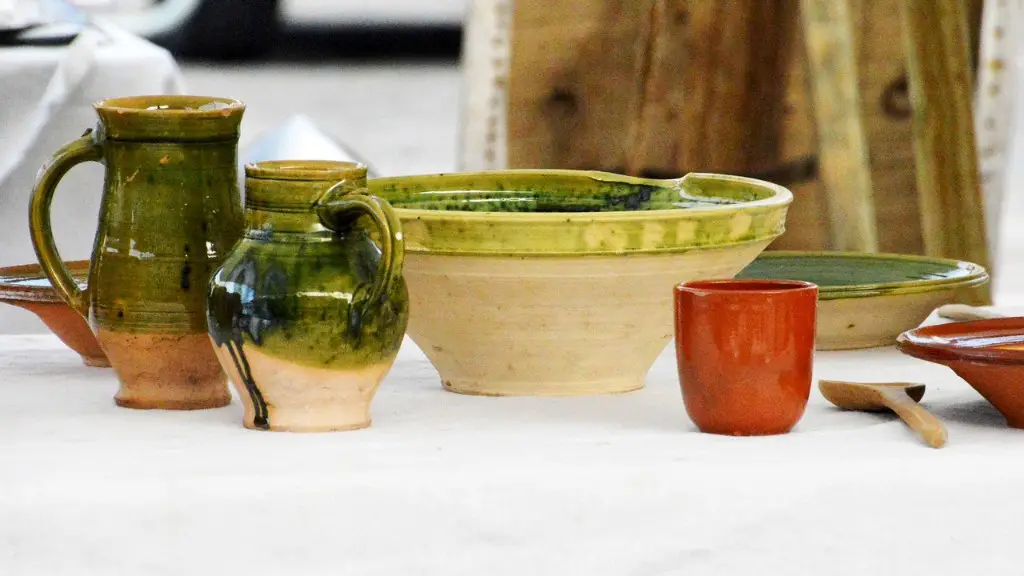Slaves in Ancient Rome: Social Structure
Slaves were an integral part of the social structure in Ancient Rome. They were used for all kinds of labor, from menial tasks to skilled trades, and provided a source of cheap labor for the patrician class.Slaves could be owned by individuals or by the state, and there was no distinction between free and slave residents in the city of Rome. Approximately one third of the population of Rome was made up of slaves in the peak of the Empire, and they outnumbered the free population in some areas.
Where Did Slaves Live?
The majority of slaves in Rome lived in their master’s homes. They were usually crowded into small rooms or areas of the house where they had to eat and sleep. Although it was common for masters to provide some kind of clothing, nutrition and basic healthcare, it is estimated that 40 percent of the slaves died within a year of their arrival in Rome. Slaves who were not kept in the house were generally sent to work in nearby agricultural fields or in industrial factories.
Daily Life of Slaves
The daily life of a slave in Ancient Rome was one of hard labor and deprivation. Slaves performed a variety of tasks, from domestic duties like cooking and cleaning, to manual labor in fields or factories. They had no rights and were completely subject to the will of their masters. Masters had complete control over their slaves, and could even have them tortured or executed for any reason. In some cases, slaves were even forced to fight in the gladiator arenas for their master’s entertainment.
Manumission
There were a few ways in which a slave could be freed, the most common being manumission. Manumission was the act of receiving freedom from a master, either through being given a document or through being sold to another master who would in turn grant the freedom. Slaves who were freed were not always considered equal citizens, and were often subject to restrictions and limitations.
Religious Beliefs & Burials
Although slavery was an accepted part of Roman culture, there was still recognition of the humanity of slaves. For instance, slaves were allowed to keep their own religious beliefs and practice their own rituals. They were also allowed to have proper funerals and to be buried in the same manner as free citizens.
Conclusion
Slaves were a complex and important part of Ancient Roman society. Most were kept in the homes of their masters and performed a variety of tasks, from domestic labor to manual labor in fields, factories and even in the gladiator arenas. They had no rights, and were completely subject to their master’s will. However, there were ways in which slaves could become free and be allowed some of the same rights as free citizens, such as manumission. Slaves were also allowed to keep their own religious beliefs and have proper funerals and burials.
Freed Slaves
Freed slaves in Ancient Rome were not always welcomed with open arms, and in some cases were even seen as questionable citizens. Freed slaves had no legal protection, and could be forced back into servitude at any time, especially if their former master requested it. Although manumission did bring some benefits, former slaves usually remained second-class citizens.
Slave Markets
Slave markets in Ancient Rome were often bustling and crowded places. Buyers could choose from a variety of slaves, including prisoners of war, criminals, or those sold by their parents. Prices varied depending on the skill level of the slave, but even unskilled slaves cost a sizable sum. Slaves were a valuable commodity and were seen as an investment by some, while by others they were simply seen as a means of exploiting human labor.
Slave Rebellions
Slave rebellions were common in Ancient Rome. In the mid- first century BC, the Romans famously had to deal with the revolt of Spartacus, a renowned gladiator and former slave. The revolt lasted for more than a year and threatened Roman rule, leading to harsh reprisals against any slaves suspected of involvement. In general, however, most slave rebellions in Rome were limited and short-lived, often due to the lack of unity and organization among the slaves.
Emancipation of Slaves
As the Roman Empire began to decline in the later first centuries of the Common Era, slave labor began to be replaced by cheaper alternatives such as peasant labor. This allowed for the gradual emancipation of slaves. As well, the rise of Christianity inspired changes in Roman views on slavery, leading to the decrease of legal slave ownership. Eventually, the Edict of Caracalla was passed in 212 CE, granting Roman citizenship and partial emancipation to all freed slaves.


